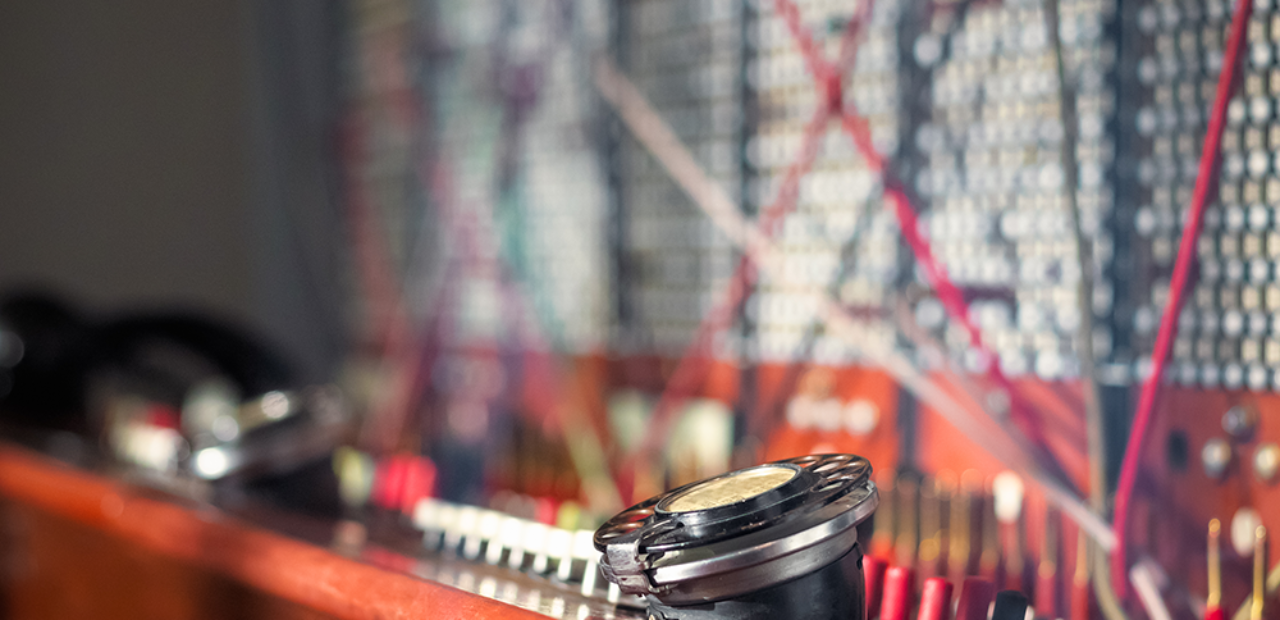Did you know the expression ‘crosstalk’ stems from the days of telephone exchanges, as staffed by operators connecting parties who could sometimes and unintentionally hear someone else’s conversation? The talk was, literally, crossing over from one line to another.
Despite having worked in the electronics industry for more than 30 years, I must confess I did not know the origin of the term. Not until a few weeks ago, anyway, when I sat in on a great webinar entitled ‘Practical Signal Integrity for improved EMI Control in PCB Design’. The webinar was written and presented by Ralf Bruening, with whom I’ve had the pleasure to work on a few occasions, and what Ralf doesn’t know about signal integrity and EMC isn’t worth knowing.
Crosstalk on a PCB
In PCB design, crosstalk describes the unintentional electromagnetic coupling between traces on a PCB. There is not only a risk of crosstalk between two traces that are adjacent to each other on the same layer but also between traces that run parallel to each other vertically between two layers. This effect occurs even more frequently because two signal layers are separated only by a relatively thin layer of the core material. This spacing is often even smaller than the spacing between two traces on the same layer.
When I studied electronics at college in the mid-1980s, my lecturers just cut to the physics of crosstalk (cross-coupling, energy transfer, etc.) and teaching us how to design out the risk of crosstalk. I’m happy Ralf did mention the origin of the term though. For my own understanding and because it set the tone for what was to follow on the webinar.
In the telephone exchange example, an unwanted EMI effect was impairing the quality and effectiveness of the leading technology of the day.
Cut to today and, guess what? The risks of crosstalk are present. We’ve simply gone from switchboard to circuit board, geometries have shrunken considerably and we have high-speed digital with which to contend. Whether it’s an IoT-enabled consumer product we’re working on, or a power control module for an electric vehicle or a set-top box with a 4K output, unless we design out all the unwanted behavior of the underlying electronic circuits, efficiency and effectiveness will be compromised.
In this respect, we’re talking ‘efficiency’ in terms of parameters such as battery life (e.g., if it’s not a mains-powered product) and ‘effectiveness’ in terms of not being able to deliver the intended performance.
Importance of Impedance Matching
Though happy to skip the history lesson, my college lecturer was keen to stress the importance of impedance matching. It becomes increasingly important – as clock speeds ramp up – to reduce the risk of crosstalk.

The overshoots on the rising and falling edges of the above trace (left-hand side) are unwanted behavior on a signal – i.e., a physical copper track on our PCB – and they can easily induce spikes in adjacent tracks. And let’s not forget, the shrinking form factors of most products (and by extension their circuit boards) mean little freedom when it comes to the placement and separation of components and tracks. Also, cost restrictions may prohibit the use of extra components to filter out noise or additional copper for shielding tracks.
What’s the answer? Well, as my college lecturer was keen to stress all those years ago, make sure you ‘design out’ the unwanted effects. Adhering to established design rules is a good start. However, you will need to make compromises when it comes to achieving all project goals; because cost and time-to-market are in the mix too.
In this respect, the tips Ralf provides on his webinar provide invaluable advice – without trying to make you an EMC expert – and if you missed it, don’t worry, it’s still available on-demand here. I highly recommend it.





